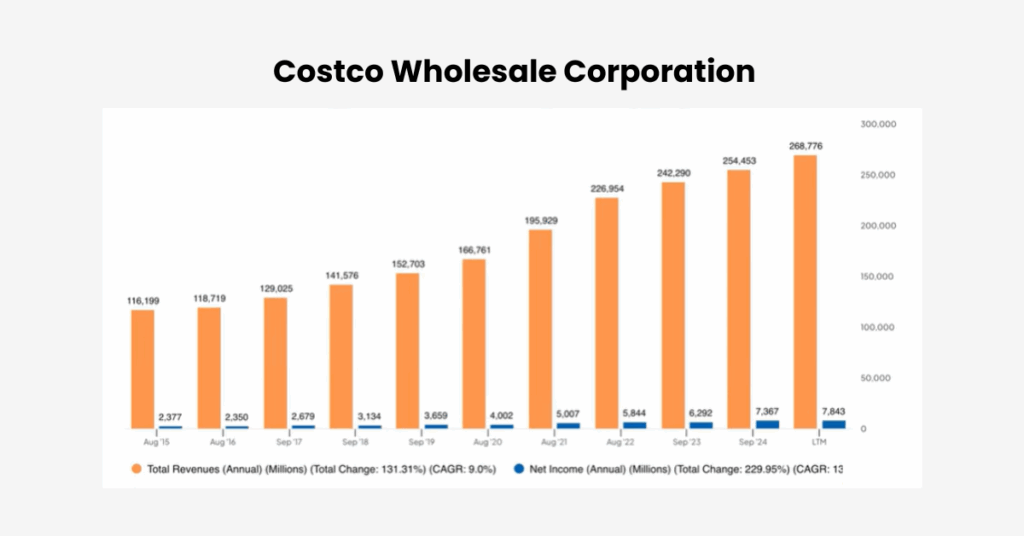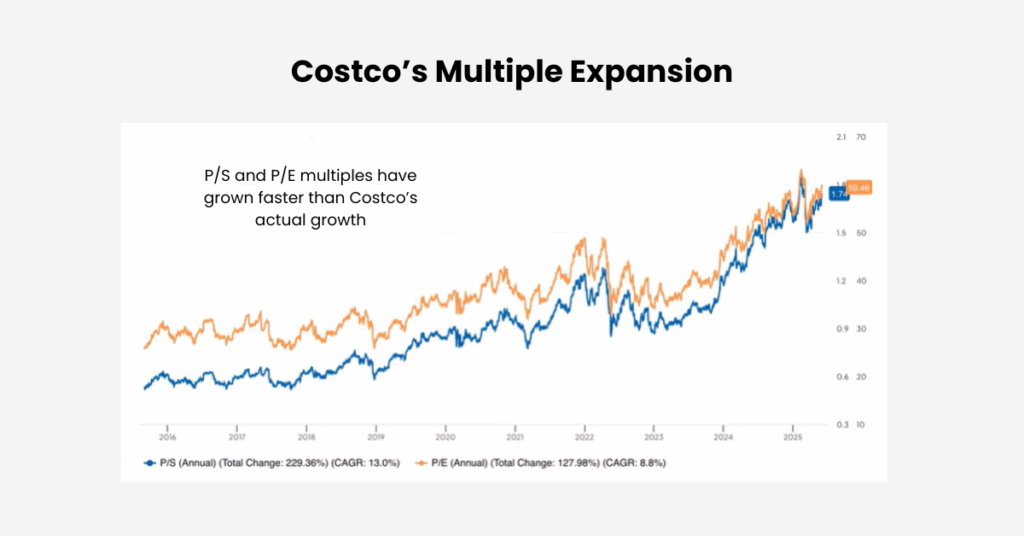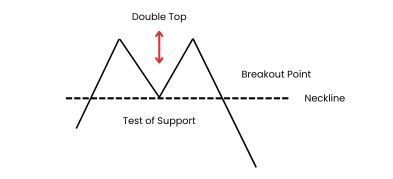Important Information
This website is managed by Ultima Markets’ international entities, and it’s important to emphasise that they are not subject to regulation by the FCA in the UK. Therefore, you must understand that you will not have the FCA’s protection when investing through this website – for example:
- You will not be guaranteed Negative Balance Protection
- You will not be protected by FCA’s leverage restrictions
- You will not have the right to settle disputes via the Financial Ombudsman Service (FOS)
- You will not be protected by Financial Services Compensation Scheme (FSCS)
- Any monies deposited will not be afforded the protection required under the FCA Client Assets Sourcebook. The level of protection for your funds will be determined by the regulations of the relevant local regulator.
Note: Ultima Markets is currently developing a dedicated website for UK clients and expects to onboard UK clients under FCA regulations in 2026.
If you would like to proceed and visit this website, you acknowledge and confirm the following:
- 1.The website is owned by Ultima Markets’ international entities and not by Ultima Markets UK Ltd, which is regulated by the FCA.
- 2.Ultima Markets Limited, or any of the Ultima Markets international entities, are neither based in the UK nor licensed by the FCA.
- 3.You are accessing the website at your own initiative and have not been solicited by Ultima Markets Limited in any way.
- 4.Investing through this website does not grant you the protections provided by the FCA.
- 5.Should you choose to invest through this website or with any of the international Ultima Markets entities, you will be subject to the rules and regulations of the relevant international regulatory authorities, not the FCA.
Ultima Markets wants to make it clear that we are duly licensed and authorised to offer the services and financial derivative products listed on our website. Individuals accessing this website and registering a trading account do so entirely of their own volition and without prior solicitation.
By confirming your decision to proceed with entering the website, you hereby affirm that this decision was solely initiated by you, and no solicitation has been made by any Ultima Markets entity.
I confirm my intention to proceed and enter this websiteCostco Stock Split: All You Need to Know
Costco Wholesale Corporation (NASDAQ: COST) has long been a standout in the retail industry. Known for its membership-based warehouse model, bulk discounts, and loyal customer base, Costco has seen impressive growth over the years. However, many potential investors often ask: Has Costco stock ever split?
If you’re considering investing in Costco, understanding its stock split history, unique business model, and future growth prospects is essential.
In this article, we’ll explore the Costco stock split history, factors that influence its stock price, and what investors should know before making a decision.

What Is a Stock Split?
Before exploring Costco’s stock split history, it’s important to understand what a stock split involves. A stock split occurs when a company increases the number of shares outstanding while maintaining its market capitalisation. For instance, in a 2-for-1 stock split, shareholders receive an additional share for each share they hold, while the stock price is halved. The split doesn’t affect the company’s value; it only makes the stock more accessible to a broader group of investors.
Has Costco Stock Ever Split?
Costco has executed two stock splits in its history:
- 2000 Stock Split: Costco completed a 2-for-1 stock split, doubling the number of shares in circulation while halving the stock price. This move made Costco stock more affordable to retail investors.
- 2001 Stock Split: Another 2-for-1 stock split occurred the following year, continuing the strategy of increasing share availability while keeping the company’s market capitalisation the same.
Since 2001, Costco has refrained from executing any additional stock splits. Today, with Costco’s stock price hovering near $1,000, many investors and analysts speculate whether the company will execute another stock split.
Given the shift in trading practices, particularly the rise of fractional shares, the need for a stock split has diminished, but the psychological impact of a lower stock price remains significant.
Why Hasn’t Costco Split Its Stock Again?
Costco’s decision to hold off on stock splits for over two decades comes down to several key factors:
- Institutional Ownership: Approximately 70% of Costco shares are held by institutional investors who are less concerned about share price accessibility compared to retail investors.
- Fractional Shares: With fractional share trading, the need for a stock split has diminished. Modern brokerages allow investors to buy a portion of a share, making it easier for retail investors to buy into high-priced stocks like Costco without the need for a split.
- Focus on Business Fundamentals: Costco’s management focuses on long-term growth, such as expanding its membership base and global footprint. The company’s growth strategy centers around strengthening its business fundamentals rather than adjusting share prices to attract more investors.
Costco’s Business Model and Growth Outlook
Costco operates as a membership-based retailer, where much of its profitability comes from membership fees rather than direct product sales. This allows Costco to maintain lower prices for consumers while operating on relatively low margins. Its ability to offer everyday low prices, combined with the purchasing power it has as a retailer, enables Costco to maintain a competitive edge in the market.
However, while Costco has been a highly successful business, it is not a high-growth company. Revenue has grown at a compound annual rate of 9% over the past decade, and net income has increased at a slightly higher rate of 13.1%.

This solid performance, though impressive, has been overshadowed by multiple expansion, which refers to the growth in Costco’s stock price relative to its earnings and revenue. Investors have been willing to pay a premium for Costco’s stability and consistent performance, driving up its stock price.

Despite Costco’s strong fundamentals, its high valuation presents a significant risk for investors. With a P/E ratio of 59, Costco’s stock is priced for perfection. If Costco’s growth slows or if it fails to meet market expectations, the stock could face pressure.
Bullish and Bearish Case for Costco
Bullish Case: Costco’s unique membership model has provided it with a steady stream of revenue, ensuring a loyal customer base. The company’s ability to maintain low prices while driving profitability is a powerful business model. Costco’s historical outperformance of the broader market suggests that, as long as it maintains this model, it could continue to generate consistent, profitable growth.
Bearish Case: Costco’s high valuation presents a major risk. The company is not growing rapidly compared to other high-growth stocks, and its revenue growth has been relatively modest. The risk lies in multiple expansion, as it’s unlikely that Costco’s stock can continue to rise at the same rate as its P/E multiple without a corresponding acceleration in its earnings growth. Additionally, Costco faces the challenge of market saturation, particularly in mature markets where it has already established a significant presence.
What Would a Costco Stock Split Mean?
If Costco were to execute another stock split, it would likely follow a 2-for-1 split ratio, reducing the stock price while doubling the number of shares outstanding. While this would not change the company’s overall value, it would have several potential benefits for investors:
- Increased Liquidity: A lower share price could increase trading volume and improve liquidity, making it easier for investors to buy and sell Costco stock.
- More Accessible Stock: A stock split could make Costco more attractive to retail investors who have been priced out due to the current stock price.
- Psychological Impact: A stock split may make Costco seem more approachable and affordable to individual investors, despite the fact that the underlying value remains the same.
While a Costco stock split could drive increased trading and make its stock more accessible to a wider audience, it wouldn’t address the more significant concern about Costco’s high valuation.
Investors should remain focused on the company’s long-term business fundamentals and growth potential, rather than relying on the potential for a stock split to improve stock performance.
Is Costco Stock Split in the Cards?
In conclusion, while Costco has executed two stock splits in its history, it is unlikely to perform another one in the near future. The company’s focus on organic growth, its high level of institutional ownership, and the rise of fractional share trading all suggest that a costco stock split may not be necessary.
Investors should instead focus on Costco’s long-term growth prospects, its membership-driven business model, and its ability to maintain profitability in a competitive retail environment.
Disclaimer: This content is provided for informational purposes only and does not constitute, and should not be construed as, financial, investment, or other professional advice. No statement or opinion contained here in should be considered a recommendation by Ultima Markets or the author regarding any specific investment product, strategy, or transaction. Readers are advised not to rely solely on this material when making investment decisions and should seek independent advice where appropriate.












